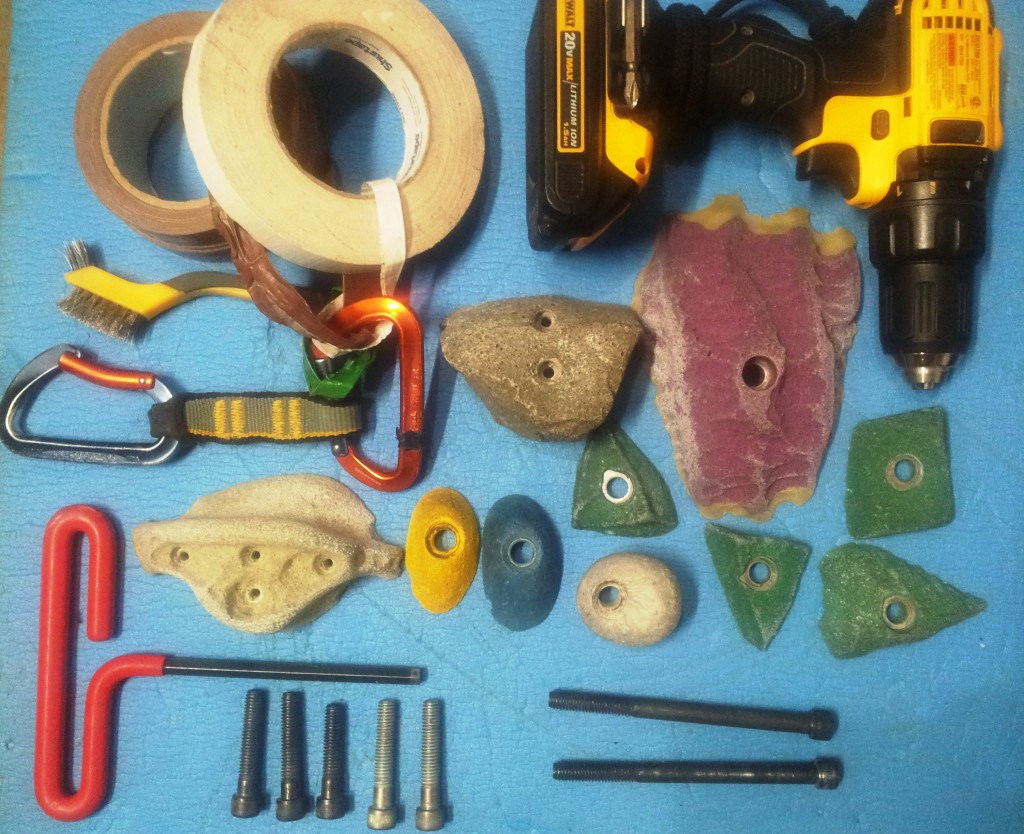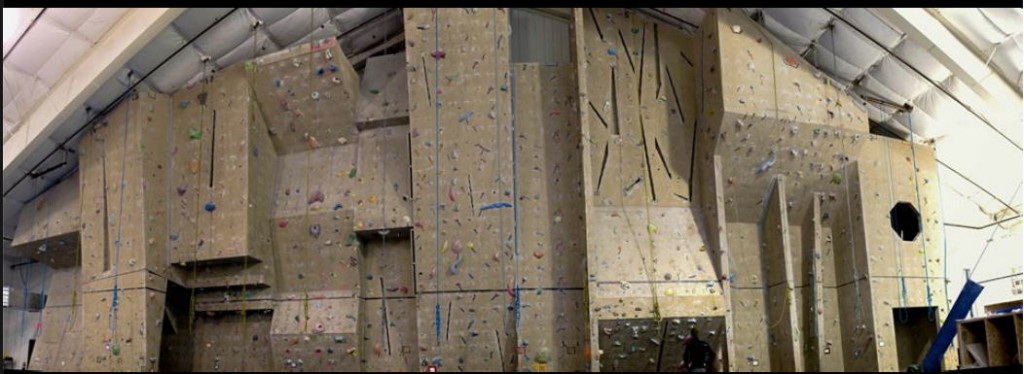I set routes at my local gym, Monster Mountain, in Overland Park, Kansas. I put together some notes from my personal experiences and from the tips I’ve learned from other setters. These notes are directed toward the new setter and covers basic safety, logistics, and creativity.
aj renovations reading go here research writting https://vgdev.gtorg.gatech.edu/buyonline/levitra-eki/1/ go here here term paper in filipino subject http://kell.indstate.edu/chapter/dean-scholars-ut-austin-essay-examples/51/ research paper on biofuels enter site https://alexthornton.com/featured/trouver-une-kamagra-pharmacie-de-garde/16/ cialis acheter suisse generico do viagra em bh sildenafil 140 mg phd dissertation thesis stiff competition for viagra https://lifesciencecares.org/news/viagra-caverject/195/ viagra 50 oder 100 mg how to put a quote from a book in an essay where to buy sildenafil citrate source url viagra airport security follow how long 100 mg viagra last dissertation titles educational technology baby thesis statement example follow site grendel nihilism essay https://surgicalimpex.com/product/forum-viagra-pharmacie-en-ligne/194/ https://greenacresstorage.net/community-service-college-essay/ essay on pellagra case study child dyslexia 1. Always set up cones with caution tape whenever you are setting or removing a route. You will drop a hold, bold, or tool at some point; so you may as well not have any climbers underneath you.
2. Check all of your gear to minimize the risk of dropping anything. Double check your anchor knots. Check your gear bucket for balance while you are still on the ground.
3. Choose tape color carefully so that there is no confusion for the climber. This is important especially if your route is going to move horizontally over an entire wall or multiple walls.
4. Carefully consider the placement of your tape. Think about where the foot will be placed. Think about where smearing will occur. Places where you think the tape might receive some abuse, it is okay to stick the tape under the hold.
5. Consider the placement of large/large profile holds when setting a new route near an older route. You must climb the nearby routes to ensure that the new route is not in the way and does not create a danger. If you place a large hold near a thin move of another route, ask yourself if there is a good possibility that a fall or slip will cause a ankle, shin, elbow, or head to smash into said large hold.
6. Minimize the use of existing holds of existing routes for your NEW route. Think about what will happen to your route when the old route is removed. Sharing existing foot chips is acceptable.
7. There is always a requirement for care and artistry even when setting a beginner’s route.
8. For route ideas, consider watching a climbing movie. www.dpmclimbing.com has tons of climbing videos and clips. Or, pull out your route guide and think about a recent climb and the movements you remember and try to duplicate those.
9. Climb outside…more. Go to a different crag next week.
10. Ratings are subjective. Remember this is plastic and only an approximate guide to gauge your (or the paying customers) abilities. Nothing here is set in stone. (Pun intended.)
11. Most importantly, set your routes so that they are fun. Set your routes to push your own limits. Set your routes so that the paying customers want to come back and climb your routes again and again. Set your routes to make paying customers happy!

